Suppose I've One-To-Many Relationship:

import javax.persistence.*;
import java.io.Serializable;
import java.util.Set;
@Entity
@Table(name = "books")
public class Book implements Serializable {
@Id
@GeneratedValue(strategy = GenerationType.IDENTITY)
private Long id;
private String title;
private String author;
@Column(unique = true)
private String isbn;
@OneToMany(mappedBy = "book", fetch = FetchType.LAZY,
cascade = CascadeType.ALL)
private Set<Page> pages;
public Book() {
}
public Book(String title, String author, String isbn) {
this.title = title;
this.author = author;
this.isbn = isbn;
}
// getters and setters, equals(), toString() .... (omitted for brevity)
}
And
import javax.persistence.*;
import java.io.Serializable;
@Entity
@Table(name = "pages")
public class Page implements Serializable {
@Id
@GeneratedValue(strategy = GenerationType.IDENTITY)
private Long id;
private int number;
private String content;
private String chapter;
@ManyToOne(fetch = FetchType.LAZY, optional = false)
@JoinColumn(name = "book_id", nullable = false)
private Book book;
public Page() {
}
public Page(int number, String content, String chapter, Book book) {
this.number = number;
this.content = content;
this.chapter = chapter;
this.book = book;
}
// getters and setters, equals(), toString() .... (omitted for brevity)
}
And store it with:
// create a new book
Book book = new Book("Java 101", "John Doe", "123456");
// save the book
bookRepository.save(book);
// create and save new pages
pageRepository.save(new Page(1, "Introduction contents", "Introduction", book));
pageRepository.save(new Page(65, "Java 8 contents", "Java 8", book));
pageRepository.save(new Page(95, "Concurrency contents", "Concurrency", book));
The question is: do I really need to save every page manually? Can I just work with java collections and then just save the main entity like:
book.pages.add(new Page(1, "Introduction contents", "Introduction", book));
book.pages.add(new Page(65, "Java 8 contents", "Java 8", book));
book.pages.add(new Page(95, "Concurrency contents", "Concurrency", book));
bookRepository.save(book);
The example was taken from https://attacomsian.com/blog/spring-data-jpa-one-to-many-mapping
And I wanna know the right and the best way to store relationships, that's why I'm asking here and not just experiment by myself, because it seems the article misleading tons of people